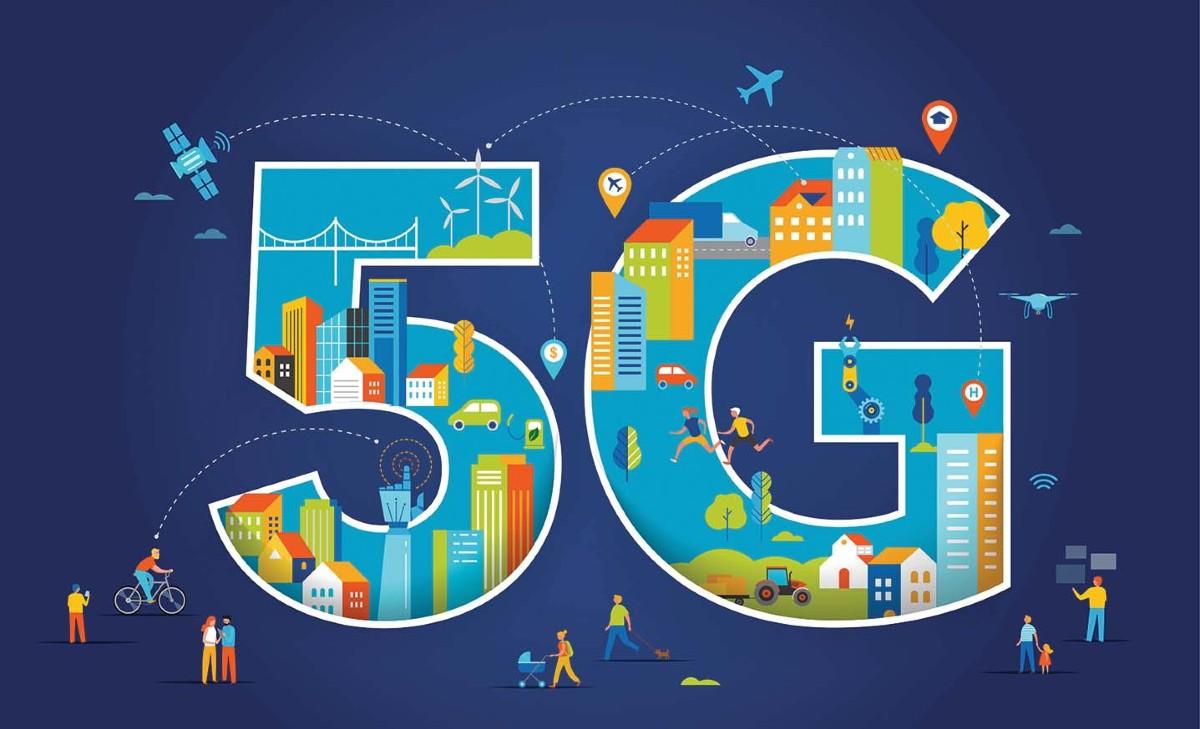How 5G Revolutionizes Online Learning: Unleashing Speed, Interactivity, and Access
In today’s rapidly evolving digital landscape, 5G technology stands out as a game-changer, especially for the realm of online learning. As educational institutions and learners alike seek faster, more reliable, and interactive solutions, 5G opens the doors to a new era of possibilities. In this in-depth article, we’ll explore exactly how 5G is reshaping online learning by enhancing speed, interactivity, and accessibility—while providing practical tips, real-world examples, and expert insights.
Understanding the Importance of 5G in Online Education
With the exponential growth of e-learning platforms,more students than ever are relying on technology to access quality education. However, conventional wireless networks (like 4G LTE) have often fallen short when it comes to delivering seamless live classes, high-definition video streaming, and interactive virtual experiences. 5G—the fifth generation of wireless technology—promises to overcome these challenges with:
- Ultra-fast connection speeds
- Exceptionally low latency
- Massive device connectivity
- Increased bandwidth for multimedia and immersive content
By harnessing the power of 5G, online learning is no longer held back by lag, buffering, or connectivity disruptions, setting the stage for transformative educational experiences.
Key Benefits of 5G for Online Learning
1. Blazing Fast Internet Speeds
5G networks deliver speeds up to 100 times faster than 4G. For online learners, this means:
- Seamless streaming of HD and 4K educational videos without buffering
- Instant downloads/uploads of large files and assignments
- Effortless participation in live webinars and real-time discussions
2. Ultra-low Latency for Real-Time Interactivity
Latency, or the delay before a transfer of data begins, is dramatically reduced with 5G—down to just 1–10 milliseconds.This revolutionizes:
- Virtual classrooms with immediate response times
- smooth, lag-free augmented reality (AR) and virtual reality (VR) lessons
- real-time quizzes and instant feedback for personalized learning
3. Enhanced multimedia Experiences
5G supports high-capacity,immersive multimedia—making it possible to integrate AR/VR,interactive simulations,and gamified learning. Students can:
- Explore complex subjects with engaging 3D models and environments
- Participate in virtual field trips and science labs from anywhere
- Learn through tactile, visual, and auditory modalities, boosting retention
4. Broader Access and Digital Inclusion
5G networks are designed to serve dense urban areas and remote rural regions alike.This leads to:
- Reliable, high-speed internet for underserved communities
- Bridging the digital divide in education
- Enabling mobile learning on smartphones, tablets, and other devices
How 5G is Transforming the Student Experience
Online learners increasingly expect digital environments that mimic or even surpass the traditional classroom. Here’s how 5G technology is powering this transformation:
- Adaptive learning platforms: AI-driven systems can instantly analyze student progress and tailor content delivery without delay, thanks to fast, reliable connections.
- Collaborative projects in real-time: Students can co-create documents, presentations, and designs with no lag or synchronization issues.
- Remote hands-on training: medical, engineering, and technical students can access lifelike simulations via VR, even from distant locations.
- Instant language translation and transcription: Real-time services help break down language barriers in global online classrooms.
With 5G, the possibilities aren’t just theoretical—they are already taking shape in classrooms across the world.
Case Studies: 5G in action for Online Learning
Case Study 1: Virtual Science Labs in South Korea
Several schools in South Korea partnered with 5G technology providers to offer virtual science labs. Students wear VR headsets and use hands-on controllers to conduct physics and chemistry experiments—experiences that rival, or even exceed, traditional labs in terms of safety, scalability, and engagement.
Case Study 2: Remote Medical Training in the UK
British universities have introduced 5G-powered, high-definition streaming for medical procedures and 3D anatomical models. aspiring doctors participate in live, interactive surgeries, ask real-time questions, and practice skills in virtual operating rooms, regardless of their physical location.
Case Study 3: Interactive Language Learning in Rural India
In partnership with telecom companies, NGOs in rural India utilize 5G mobile internet to connect students with native English teachers via video streaming, group chats, and AR-based language games—breaking barriers caused by geographic isolation.
Practical Tips: Leveraging 5G for Better Online Learning
As 5G expands, educators and students can maximize its potential by:
- Upgrading devices: Ensure smartphones, tablets, and laptops are 5G-ready to take full advantage of faster connections.
- Integrating AR & VR educational tools: Start with accessible content like Google Expeditions or VR science apps to increase engagement.
- Choosing cloud-based learning management systems (LMS): Platforms like Moodle, Canvas, or Google Classroom thrive on 5G’s robust connectivity for content delivery and collaboration.
- Experimenting with live, interactive formats: Use real-time polls, quizzes, and Q&A sessions to keep online classes dynamic and participatory.
- Prioritizing online safety and digital literacy: As access widens, so do risks—make sure all users understand best practices for cybersecurity and responsible tech use.
Common Challenges and Future Outlook
While 5G offers immense promise, some hurdles remain:
- Device availability: Not all students can access 5G-enabled devices yet, notably in low-income areas.
- Network rollout: Full 5G coverage is still underway worldwide; gaps remain, especially in remote regions.
- Affordability: Data plans and device costs may initially be high for some families and institutions.
Despite these challenges, the global adoption of 5G is accelerating, driven by the clear educational advantages and the growing demand for immersive, accessible digital learning.
Conclusion: Embracing the 5G-Powered Future of Online Education
The arrival of 5G technology is reshaping what’s possible for online learning. With unparalleled speed, low latency, and far-reaching access, 5G enables real-time interactivity, collaborative learning, and multimedia-rich experiences that can engage students like never before. As more educational institutions harness the full capabilities of 5G, learners everywhere—regardless of geography or background—stand to benefit from a more inclusive, effective, and exciting digital education landscape.
Ready to step into the future of learning? Stay tuned to the latest 5G innovations—and prepare to unleash the potential of online education with faster, smarter, and more interactive tools than ever before!

